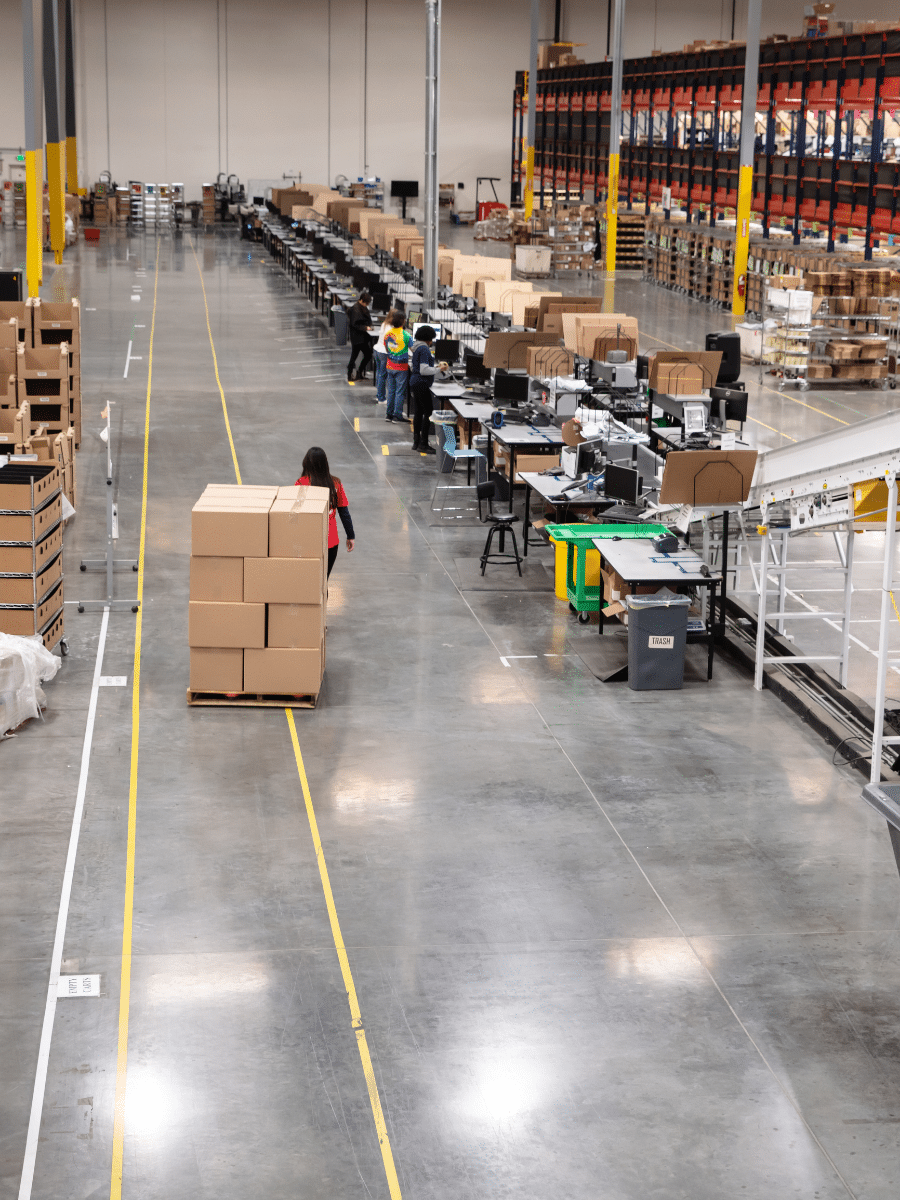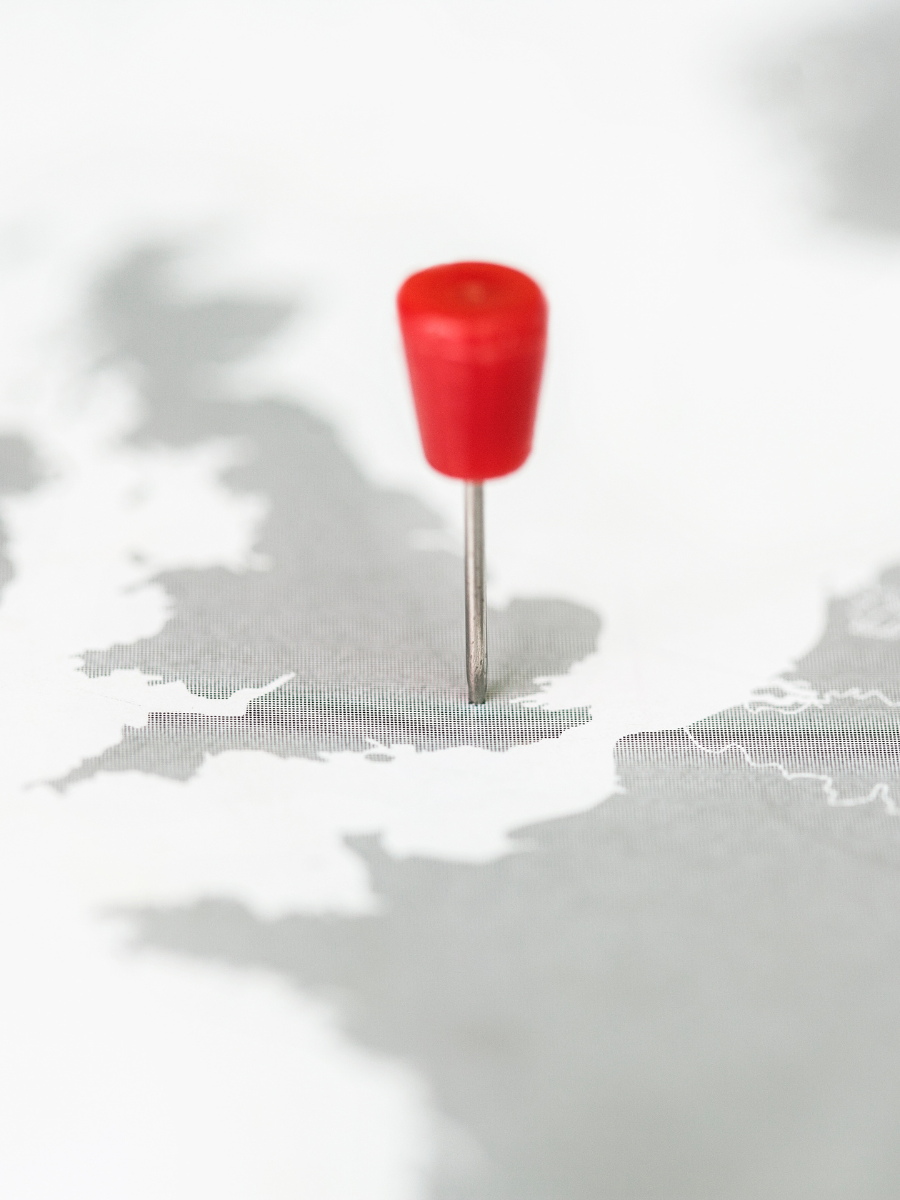Let’s take a stroll down Memory Lane to the dawn of warehousing. Picture rustic barns and vast storerooms, where meticulous clerks with feathered quills noted down every sack of grain, every crate of merchandise. It’s reminiscent of ancient cities, where marketplaces bustled and caravans came laden with goods from distant lands. Every item was tallied, every transaction an event, and every discrepancy a potential catastrophe. In this scenario, the warehouse was like the heart of a small town, central to trade and crucial for sustenance.
Fast-forward a few centuries, and the Industrial Revolution gave warehouses a much- needed facelift. No longer just storage facilities, they became logistical lifelines for burgeoning industries. As urban cities evolved with electric lighting, trams, and railways, so too did warehouses with mechanised processes and organised racking systems. It was progress, but it was linear—improved versions of the old methods.
Then, enter the 21st century, and the Internet of Things (IoT) bursts onto the scene, propelling warehousing into an era of exponential growth and technological marvel. Think of it as the urban renaissance of warehousing. Just as cities today boast of smart grids, hyperloops, and autonomous vehicles, warehouses are now embedded with sensors, real- time tracking, and predictive analytics. This leap, from manual logs to interconnected smart systems, mirrors the transformation from ancient bazaars to the e-commerce-driven global marketplaces of today.
So, as we stand on the precipice of this brave new world of warehousing, powered by IoT, it’s more than just a technological shift; it’s a paradigm change. The future beckons with the promise of warehouses that don’t just store but think, predict, and optimise. It’s akin to envisioning a city that learns, evolves, and anticipates the needs of its inhabitants. Let’s embark on this journey to explore the wonders IoT has in store for the warehouse of tomorrow.
Tuning In: The IoT Overture
The birth of warehousing was comparable to a village establishing its base, organising goods in rudimentary methods. But like every city that expanded, warehouses grew, demanding better organisation, quicker access, and most importantly, accurate data. IoT has been the infrastructural game-changer, laying down the pathways for efficient logistics, just as highways interconnect a bustling city. With real-time data collection, automation, and predictive algorithms, warehouses have transitioned from reactive storage spaces to proactive, smart hubs.
1. Real-Time Inventory Tracking: The Maestro of Warehouse Management
Before the dawn of IoT, inventory tracking was like city officials manually counting cars on a highway—tedious and prone to errors. But as cities adopted cameras and sensors to streamline traffic, IoT brought RFID tags and sensors for warehouses. Goods now ‘communicate’ their location, status, and even condition. No longer do warehouse managers scramble in the dark alleys of uncertainty; with real-time inventory tracking, it’s as if every product is on a well-lit main street, visible and accounted for.
2. Automated Data Collection: The Virtuoso Performance
In the early days, warehouses depended on the good old pen and paper, much like a city’s town crier announcing news. But automated data collection has transformed this, serving as the modern-day news broadcast, ensuring everyone is on the same page. With devices that scan, record, and update databases in real-time, decision-making has shifted from intuition to intelligence. It’s like city planners having access to every citizen’s needs and feedback, ensuring a smoother, more efficient urban experience.
3. Predictive Maintenance: The Encore Performance
Just as cities evolved to predict traffic patterns and congestion points, warehouses, too, embraced prediction. Gone are the days of reacting to machinery breakdowns. With sensors constantly monitoring equipment health and forecasting potential malfunctions, maintenance has become proactive. It’s as if a city can predict a water main break before it happens, ensuring residents never face a disruption.
4. More than just Music: Ambient Environmental Control
If modern cities have climate-controlled malls and buildings, why should warehouses lag? Especially crucial for goods that need specific conditions, IoT devices monitor and adjust temperature, humidity, and other factors. It’s no longer about reacting to weather changes; it’s about predicting and ensuring the warehouse ‘climate’ is always perfect. Like a city ensuring its residents always have the perfect environment, be it through heating during winters or cooling systems in summer.
5. Security: The Unseen Bodyguards
City surveillance ensures safety, and in the warehouse realm, IoT is the vigilant sentinel. From monitoring access points to tracking unauthorised movements, these devices work round the clock. It’s akin to a city’s CCTV system and patrolling units, ensuring every alley is safe and every resident protected.
As we’ve harmoniously journeyed through the concert of IoT’s current capabilities in warehouse management, it becomes abundantly clear that we’re just tuning up for an encore. In the grand theatre of warehousing, the IoT isn’t just a fleeting guest performer; it’s the maestro that’s reshaping the entire act.
Imagine a future where warehouses are not just responsive, but prescient. Rather than merely reacting to data, they anticipate and adapt in real-time to global market shifts, seasonal changes, and even geopolitical events. Powered by IoT, these hyper-aware facilities will leverage advanced AI algorithms to forecast demands, pre-emptively optimise storage, and dynamically route shipments to minimise environmental impact or avoid potential geopolitical disruptions.
Furthermore, as the line between the physical and digital realms blurs, augmented reality (AR) and virtual reality (VR) integrated with IoT could redefine warehousing operations. Think of warehouse personnel donning AR glasses, guided by IoT sensors, to swiftly locate products in vast facilities or VR simulations that train teams to handle complex logistical challenges without the real-world risks.
But, perhaps the most transformative idea lies in the concept of the ‘living’ warehouse. Taking a leaf from nature’s playbook, imagine facilities that self-heal and auto-optimise, much like a living organism. Picture a warehouse that can identify a fault in its structure and, using IoT-driven robotics, conducts repairs autonomously. Or a facility that, detecting a spike in demand for a specific product, automatically reconfigures its layout for optimal access to that product.
This accelerated evolution of the warehousing industry, with IoT as its turbocharger, is not merely a flight of fancy. It’s a tangible vision that we’re steadily marching towards. Warehousing’s future, augmented by IoT, is not about bigger spaces or faster robots; it’s about smarter, sentient, and sustainable ecosystems.
In wrapping up this orchestral exploration of IoT and warehousing, it’s evident that we’re on the cusp of a revolution. As cities of the past evolved into the bustling metropolises of today, so too will the warehouses of yesteryears evolve into the intelligent hubs of tomorrow. The question isn’t if, but when—and with the accelerating pace set by IoT, that future is arriving faster than we think. Let’s embrace it with open arms and be part of this exhilarating crescendo!



